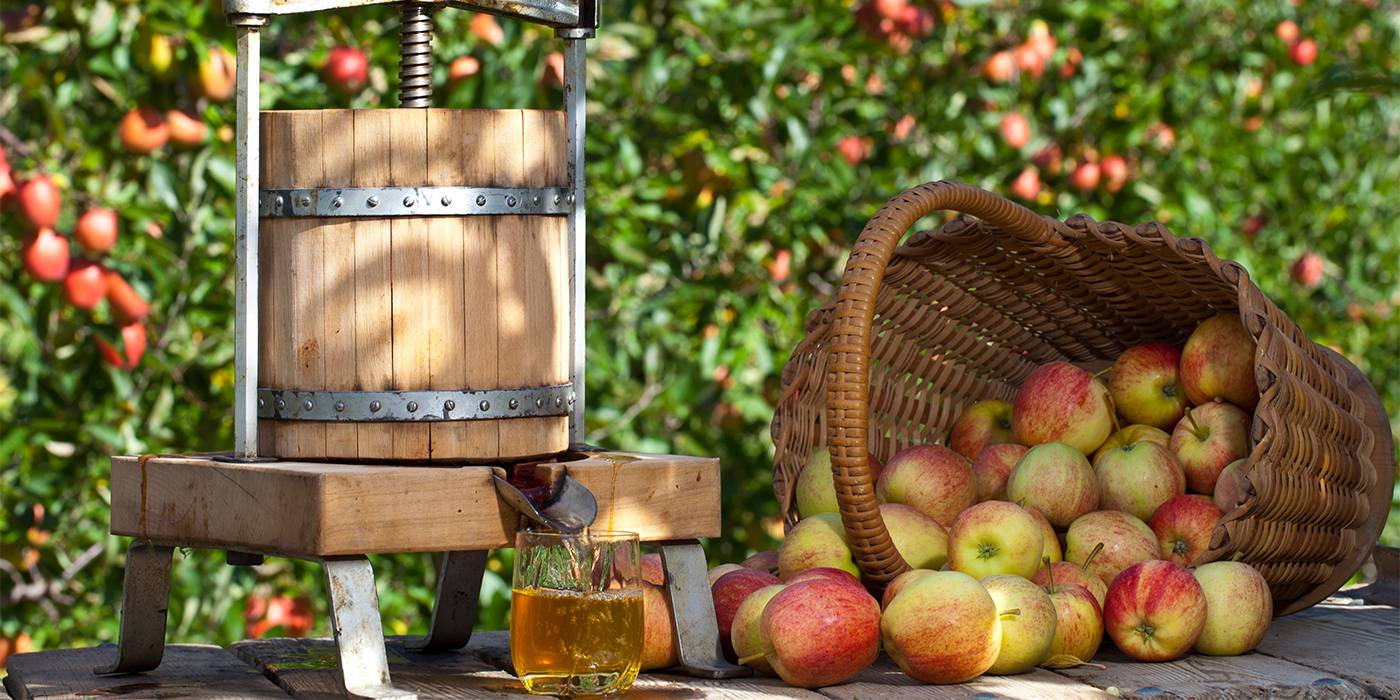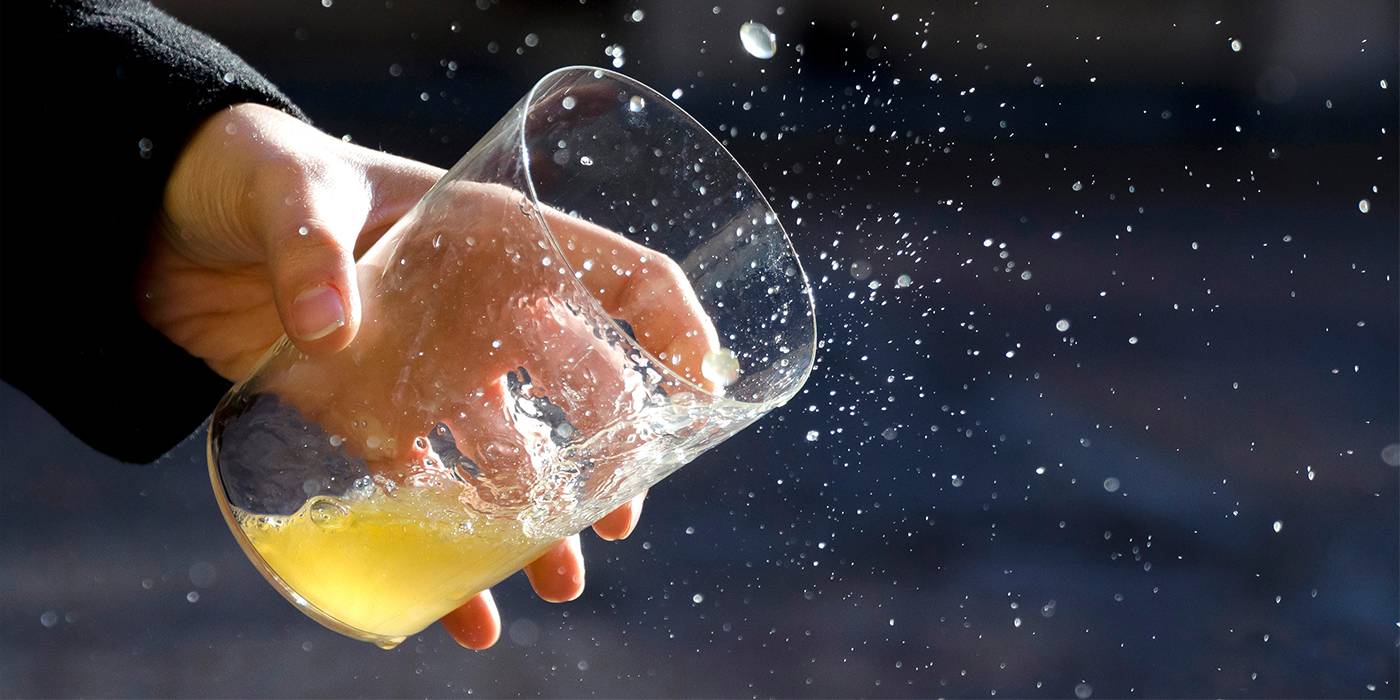CIDERS
There is a long list of types of cider all over the world. Discover their characteristics and how they differ.

Eva Pizarro
Sommelier at Fierro restaurant and trainer at Tandem Gastronómico.
Man doesn’t live by wine alone. In addition to fermenting grapes to make wine, people have been fermenting all sorts of fruits to create alcoholic beverages since ancient times. Among these fruits are apples, which give rise to ciders. Let’s explore them a bit more.
A few months ago I had the opportunity to visit Sidra El Gaitero with Tano Collada, oenologist of this historic cider press built in 1898. I learnt many things:
WHAT IS CIDER?
Cider is a low-alcohol drink, typically ranging between 3% and 8%. It’s known that the Hebrews and Egyptians were already familiar with it, and by the 3rd century, there are records of the Romans and Greeks producing wine from pears and apples. The Greeks called this apple-based wine ‘sikera’, while the Romans referred to it as ‘sicera’.
In Spain, cider is documented in writings from the Middle Ages, particularly in the regions of Cantabria and Asturias
The process begins with the selection of different apple varieties, each contributing its unique flavour to the cider. These apples are harvested at their peak ripeness and then crushed in specialised mills.
The juice is then fermented with specific yeasts that convert the natural sugars in the fruit into alcohol.

TYPES OF CIDER
> Natural cider: he process, from cultivating the cider apples to bottling, is entirely natural. No sugars or carbonation are added. The only downside is that it must be consumed quickly, or its flavours and aromas will degrade.
> Sparkling or carbonated cider: This is made by subjecting fermented apple juice (cider) to a second fermentation in the bottle, much like sparkling wines made using the traditional method. This process creates carbonation, resulting in the characteristic bubbles.
> Ice cider: Perhaps one of the lesser-known but most sought-after and exquisite ciders, with an alcohol content that can reach up to 12%. It originated in Canada, where the cold temperatures help to ferment frozen, pressed apples, concentrating the sugars and resulting in a delightful blend of sweetness and acidity.
> Table cider or new expression: Made from one of the over 75 varieties of apples used in cider production. These ciders are filtered, so they don’t require pouring from a height, making them ideal for serving in restaurants as you would a bottle of wine.
> Flavoured cider: This includes ciders that are made from the natural fermentation of apple juice but, unlike natural cider, often have added sugars and can be flavoured with various ingredients.

Cider is produced throughout the Atlantic arc, from France and Great Britain – two of the largest producers and consumers – to all of northern Spain, especially the Basque Country and Asturias, but also Cantabria and Galicia.
French cider is made from apples and pears. It tends to be sweeter, and while they also produce natural cider, the most well-known is the sparkling variety.
From Europe, cider made its way to the Americas, and the United States also has a significant cider tradition, with varieties similar to those in Britain due to its Anglo-Saxon roots. Meanwhile, it was Spanish immigrants from the early 20th century who brought the taste for cider to Latin America. In Argentina, for instance, it’s customary to drink cider during Christmas,
paired with Italian panettone or pan dulce. In Ibero-America, cider is associated with toasts and is reserved for major celebrations, particularly Christmas.
In Asturias, cider must be poured into the glass after raising the bottle above the head, so that the carbon dioxide can escape. It should also be drunk quickly, in one gulp, with any remaining cider being thrown onto the ground, a gesture that symbolises giving back to the earth some of what it has offered.
Ciders are protected by a Designation of Origin, which ensures their origin and quality. Enjoy them as an aperitif, as an alternative to beer, or choose a sweet variety for your desserts – simply magical.

What do you think about?
Share comments, opinions and tricks with the Community







